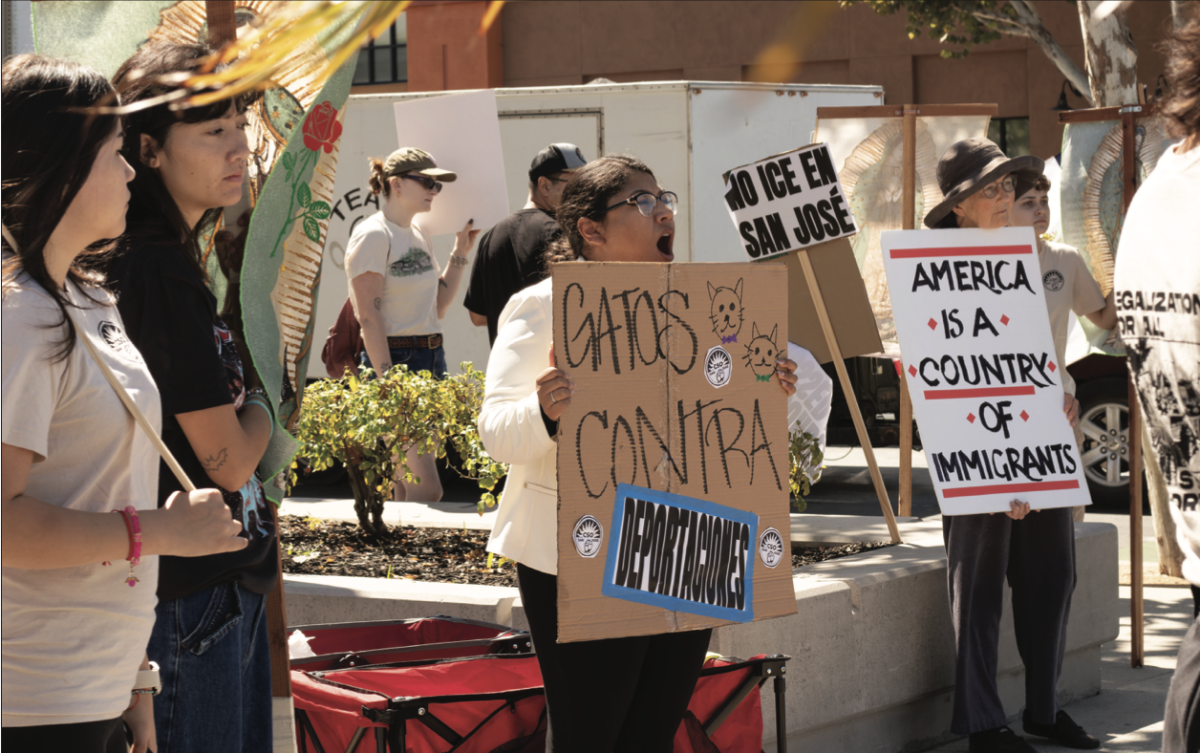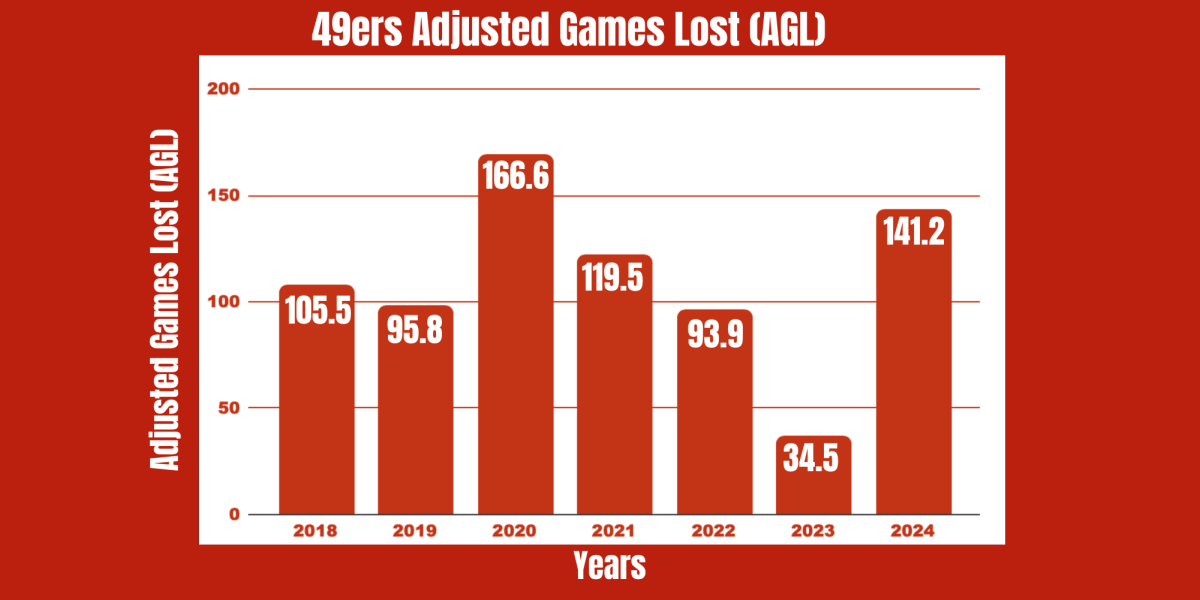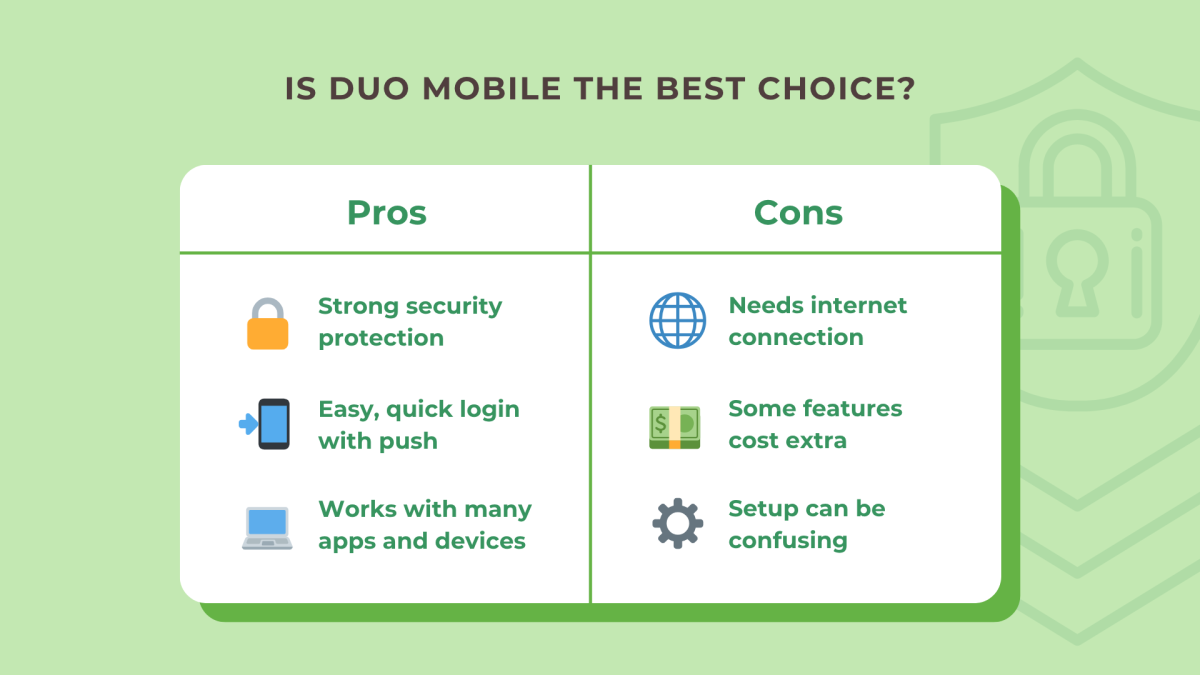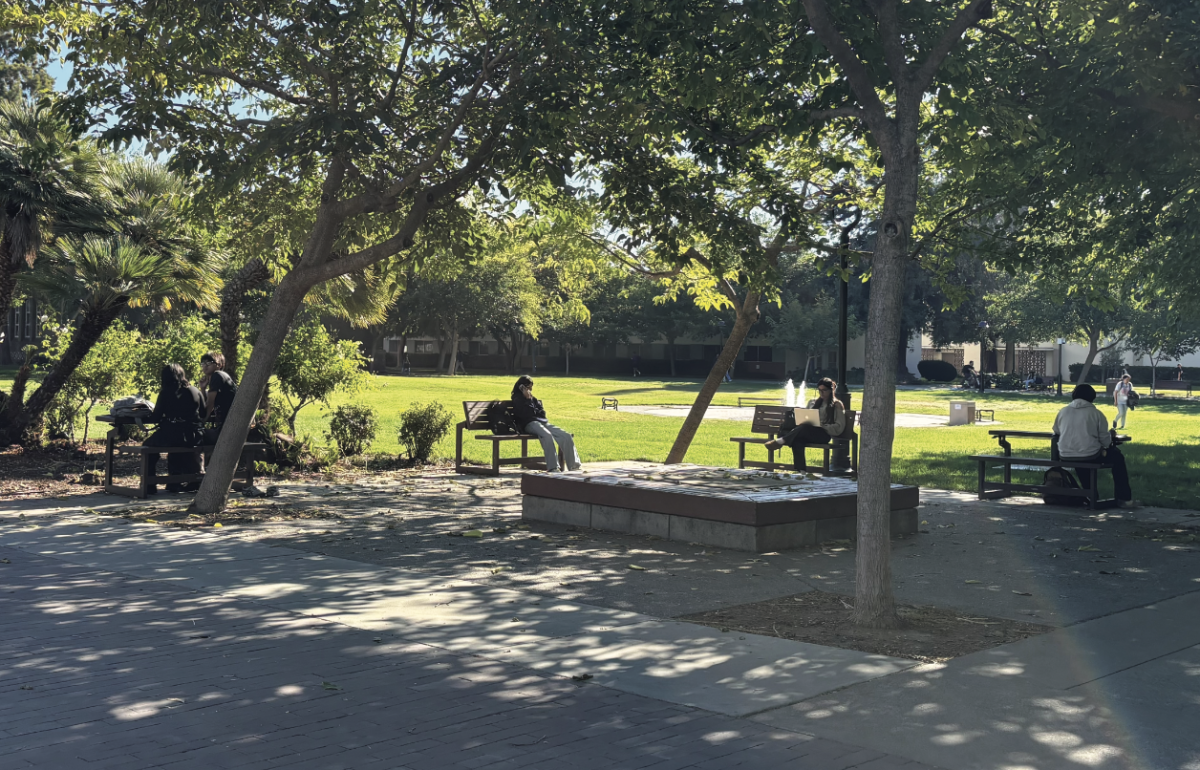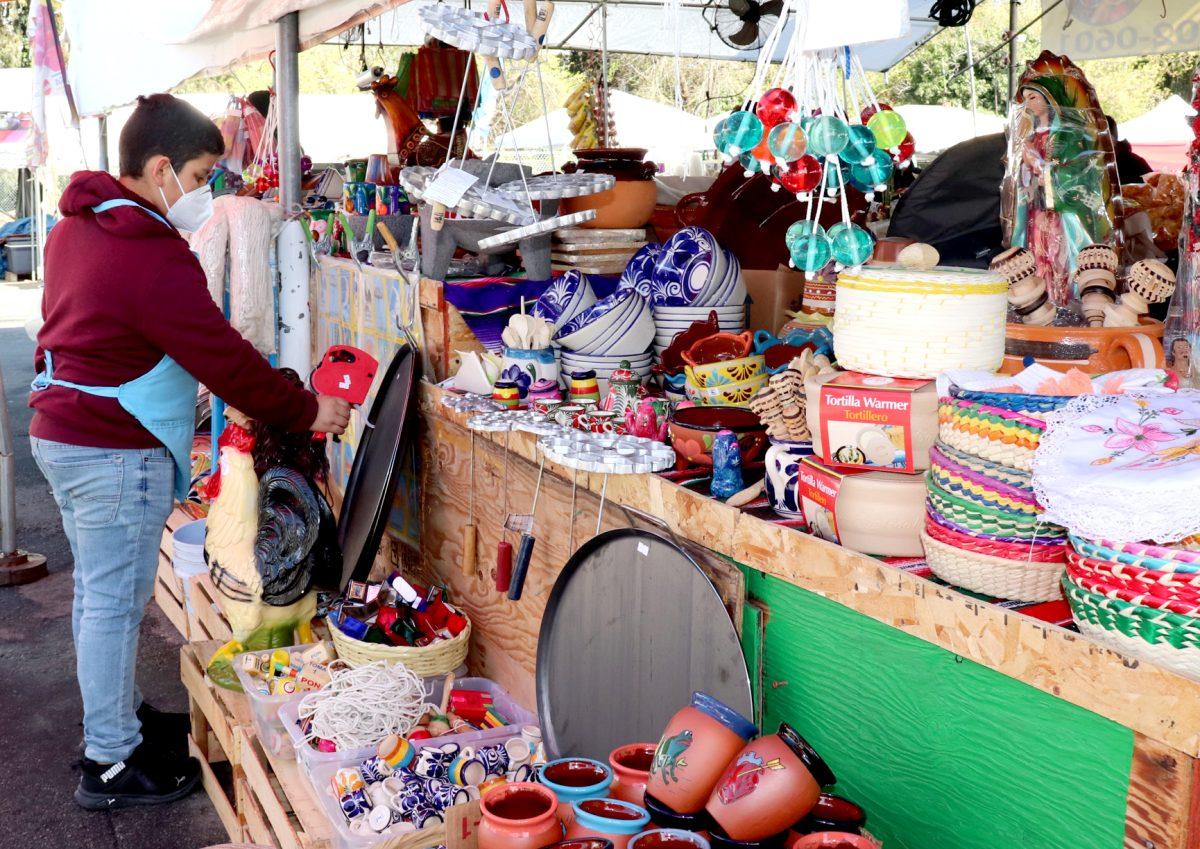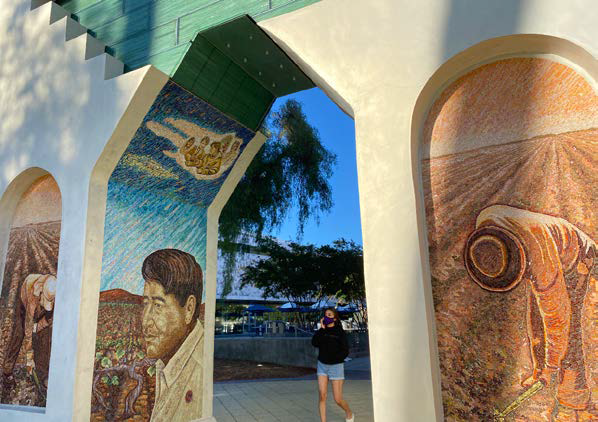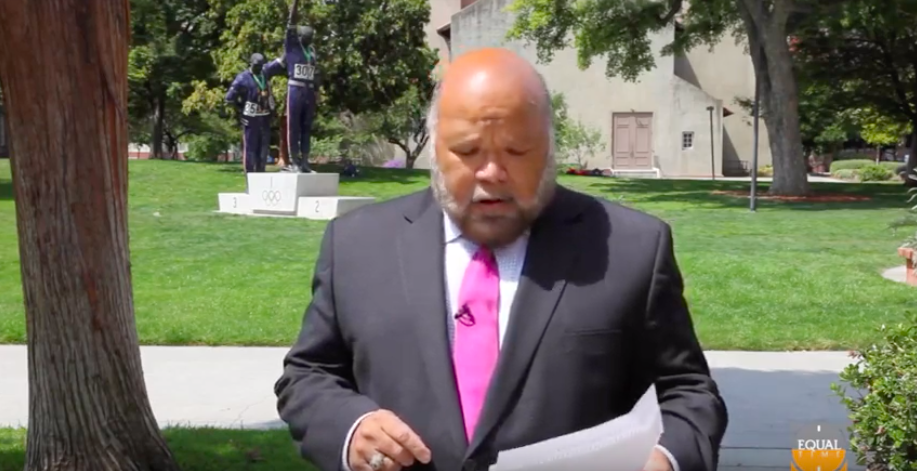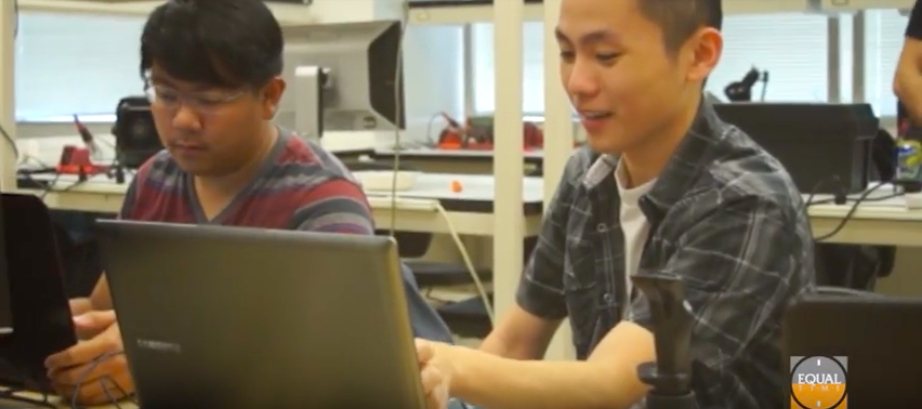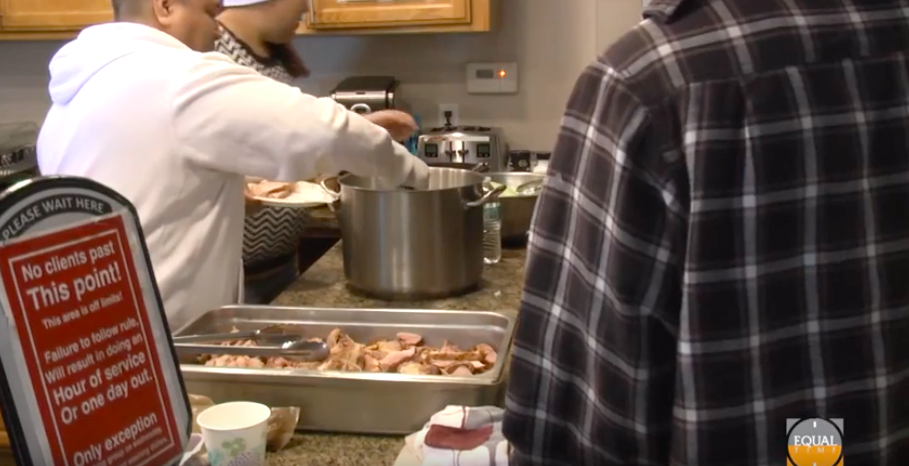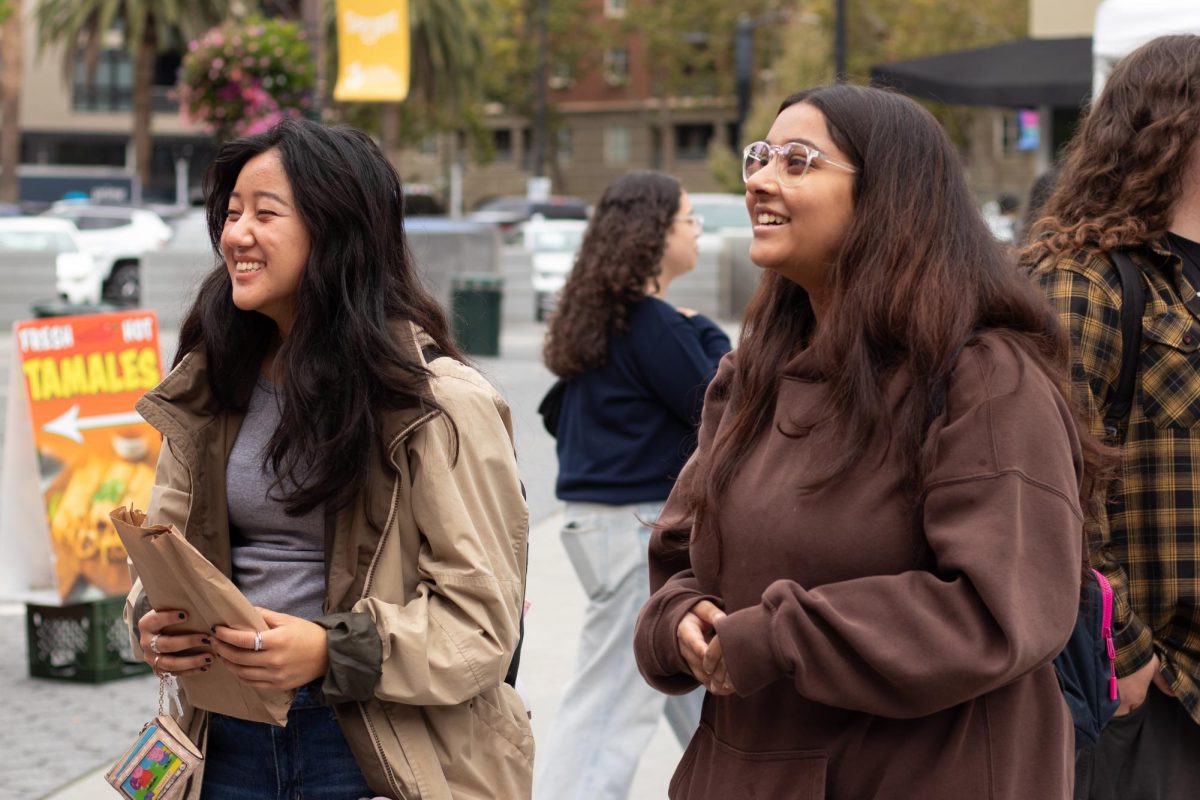The Downtown Farmers’ Market has started accepting Electronic Benefits Transfer (EBT) credit since early September.
Customers can use their CalFresh benefits to purchase fresh fruits, vegetables and other packaged goods from a variety of vendors at the market.
Electronic Benefits Transfer (EBT) is the system used in California to deliver public food assistance benefits such as CalFresh.
The CalFresh Program is federally known as the Supplemental Nutrition Assistance Program (SNAP), according to the California EBT Project Office.
Paolo Obillo, market manager and owner of the Regional Farmers’ Market Association, said that offering EBT at the Downtown Farmers’ Market helps stretch students’ food budgets and expand their shopping options.
“It’s a good program for anyone that’s in the area, students specifically,” Obillo said. “There’s not many grocery stores nearby, all you have is … Grocery Outlet.”
EBT cardholders can exchange their EBT balance for plastic laminated scrip, valued at $1 each, to purchase goods from participating vendors.
Scrip is the market-specific currency that customers can use to pay for SNAP-eligible items.
SNAP benefits do not apply to foods that are hot at the point of sale, according to the U.S. Department of Agriculture Food and Nutrition Service.
Aafreen Ahsan, a third-year psychology student at SJSU, tried the market’s new EBT program for the first time on Wednesday.
“I went over to the (info) booth and just asked her (a San José Downtown Association volunteer), ‘Can I use my card for EBT?’ and she asked for how much and I just said 30 bucks and then she just gave me all these cards in a little rubber band,” Ahsan said.
Sally Leishman, a longtime volunteer with the San José Downtown Association, manned the information booth where customers purchased EBT scrip on Wednesday. She said the program has been going better than anticipated.
“We’re trying to encourage all the students from San José State to come over here and use it, because there’s a lot of nice things around here,” Leishman said.
In the 2024-2025 academic year, SJSU Cares made 1,154 CalFresh referrals for students, a 35% decrease from three years ago, according to the latest SJSU Cares Annual Report.
In the same three-year period, it saw a 44% increase in requests for food assistance from students, according to the same report.
SJSU Cares offers in-person and virtual support for CalFresh applicants and hosts monthly drop-in hours where students can receive one-on-one assistance, according to Sonia Lizama-Orduña, a basic needs coordinator of benefits at SJSU Cares.
Lizama-Orduña said SJSU Cares has provided eligibility screening and application assistance to over 200 students in the last two months.
As a Food and Nutrition Service-certified SNAP Retailer, the Downtown Farmers’ Market is required to offer EBT.
“We had to apply (to accept EBT) right away because we know that this market is a community for EBT,” Obillo said. “Students are high EBT users, so we wanted to make sure we had that available for this market as soon as possible.”
Partnering with the San José Downtown Association, the city of San José and San José State, Obillo was able to expedite his application to accept SNAP at the market.
“Normally it would take us five, six months,” Obillo said. “We got it within four, which is great.”
Emily Henning, an occupational therapy graduate student at SJSU, said she used similar EBT tokens at a farmers’ market in Portland, Oregon, where she lived prior to moving to San José.
“I’d be like, ‘Well, I have EBT balance, so I guess I’ll just go to Sprouts to get my produce instead because they accept EBT,” Henning said. “This (EBT program) is good because it helps support local businesses with people who might want to be spending EBT instead of cards.”
Before the Downtown Market started accepting EBT, Henning said she had felt disincentivized from going because she would need to spend cash on groceries.
Now, Henning said she goes to the farmers’ market every week.
Vendors have also responded positively to the new EBT program.
At the end of the day, the market reimburses vendors for the amount of scrip they receive from customers, according to the California EBT Project Office.
Amanda Chow, the daughter of the owners of California Bakeshop, said she’s been receiving around $100 worth of EBT scrip a day.
“It’s nice because it’s an even one-to-one exchange for us,” Chow said. “We actually like it … it gives everyone a chance to be able to get our stuff.”
California Bakeshop is an artisanal bakery that specializes in naturally leavened pastries, handcrafted empanadas and oversized cookies, according to its Instagram page.
It accepts EBT at the Downtown Farmers’ Market.
“No problems with it,” Chow said. “Paolo (Obillo) … comes and gets the EBT at the end of the day and he cashes me out.”
Obillo attributed the EBT program’s success to SJSU’s internal promotion efforts via social media.
“We’ve had it for four weeks now and each week has been incrementally gaining usage,” Obillo said. “So the response has been good.”
He said he plans to apply for the Market Match program in 2026.
Market Match is a nutrition incentive program in California that gives CalFresh-enrolled shoppers extra money to spend on fruits and vegetables at farmers’ markets and other farm-direct outlets, according to its website.
In the future, Obillo hopes to coordinate with SJSU Cares so that farmers can donate leftover, unsold produce to students through the Spartan Food Pantry.
The Spartan Food Pantry is a walk-in food assistance program that provides food-insecure students with non-perishable goods, produce and refrigerated items to eligible students, according to the SJSU Cares website.
Obillo said donations could mean a tax break for farmers at the end of the year.
The Downtown Farmer’s Market is scheduled to go on break Dec. 17 and return Jan. 21, according to Obillo.
It runs every Wednesday at Hammer Theatre Plaza in Paseo de San Antonio from 9 a.m. to 1:30 p.m.
“It brings a lot of people to their stand,” Leishman said. “ … It’s a good deal for your money when you have the food stamps, especially to get the fresh produce and the fruit.”

